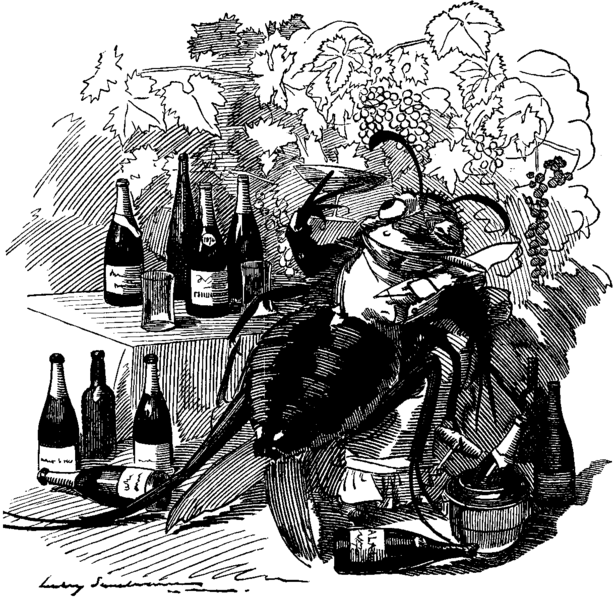About
In 1866, the vineyards of Roquemaure, France were descended upon by tiny, voracious insects. These phylloxera caused so much damage it became known as the Great French Wine Blight.
In an appeal for holy intervention, a local land owner—and presumed wine enthusiast—made a pilgrimage to Rome and allegedly returned in October 1868 with the saint's relics in tow. It is unclear exactly how much or which parts of the saint were brought back, but the saint's flower-bedecked skull is still on display in the eternal city.
The the arrival of the saint's relics are celebrated in the town with a festival known as La Festo di Poutoun, or the "festival of lovers and kissers," on or near February 14. Locals deck themselves in fussy Victorian attire, remove the relics from the church where they usually reside, and carry them through the streets.
Today, a number of churches have relics of St. Valentine on display. Though not much is known for certain about their origins, the Catholic church does recognize multiple saints known as Valentine. At least two of them lived in Italy in the 3rd century, and were executed during the reign of the Roman Emperor Claudius Gothicus. Over time, the stories of these men (and potentially other Valentines) seem to have merged into a single myth. In 496, Pope Gelasius I declared February 14 a feast day dedicated to St. Valentine.
Related Tags
Community Contributors
Added By
Published
February 14, 2012
Sources
- http://www.stripes.com/military-life/travel/roquemaure-celebrating-st-valentine-1.100706
- http://www.newadvent.org/cathen/15254a.htm
- http://www.dailymail.co.uk/travel/holidaytypeshub/article-589619/Roquemaure-Valentines-Festival.html
- http://en.wikipedia.org/wiki/La_F%C3%AAte_du_Baiser
- http://www.gard-provencal.com/an/sites/egliseroq.htm
- http://en.wikipedia.org/wiki/Great_French_Wine_Blight

























